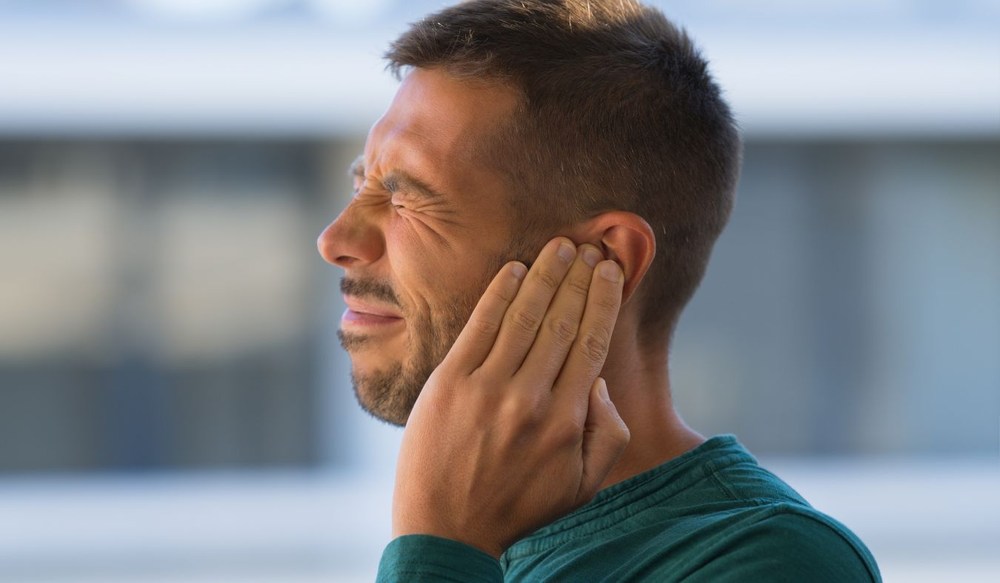How to Help a Loved One with Hearing Loss
Seeing a loved one experience hearing loss can affect the flow of everyday


Seeing a loved one experience hearing loss can affect the flow of everyday

Tinnitus, often described as ringing or buzzing in the ears, can vary from

When it comes to hearing aid fittings, one step that often goes unnoticed